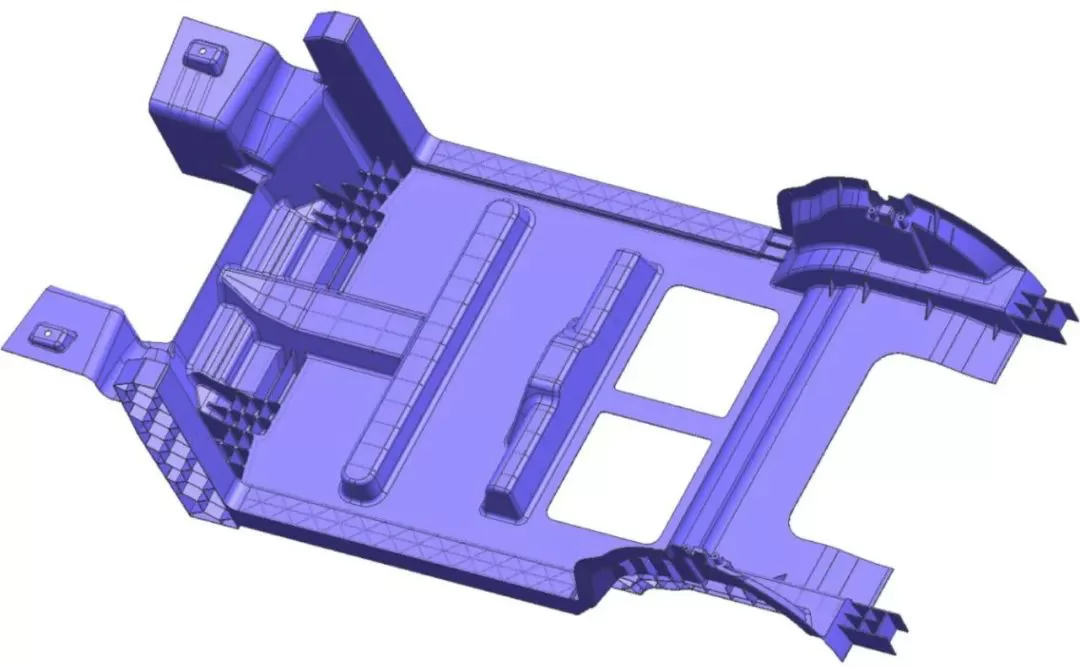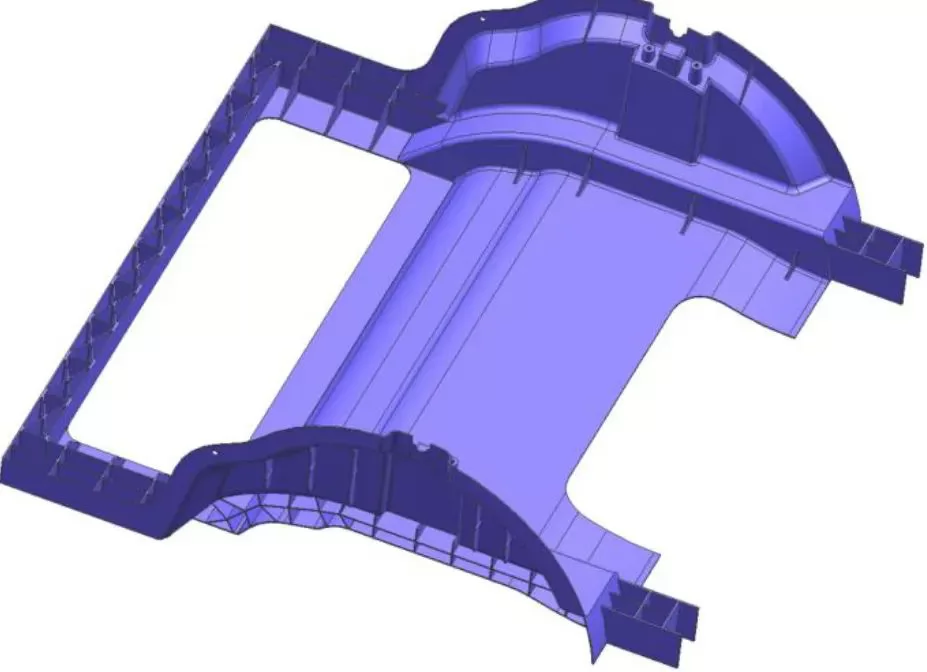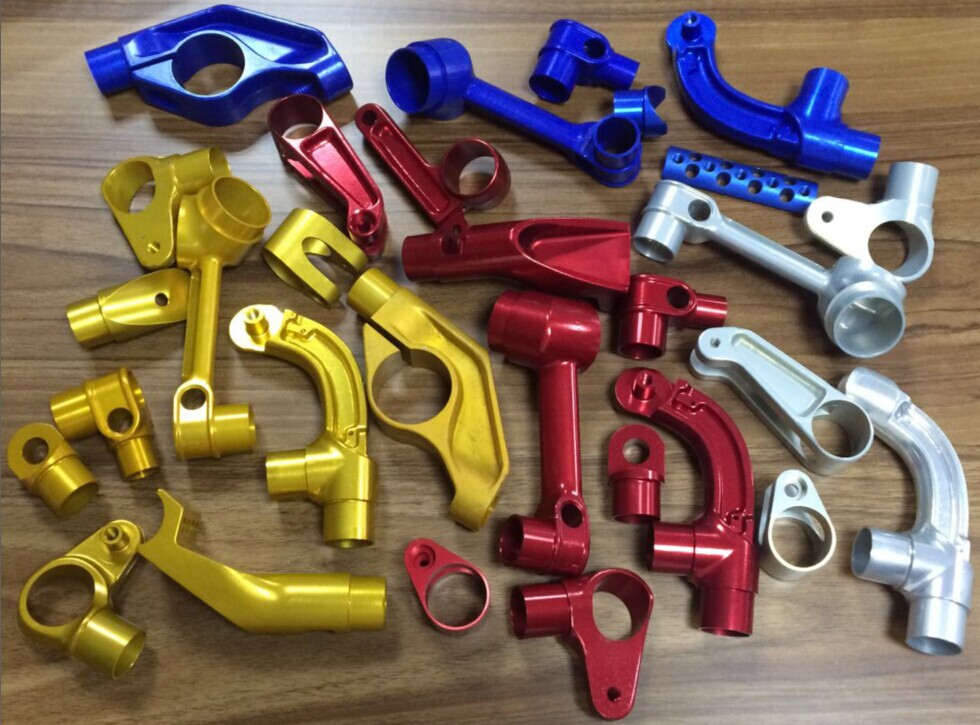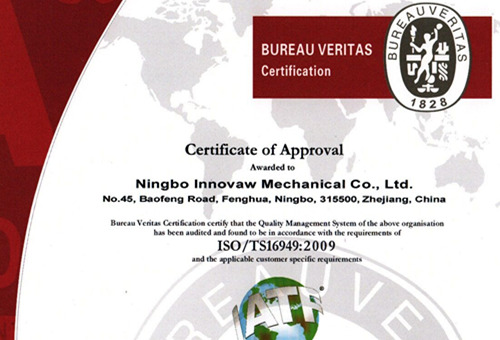After the integrated die-casting technology was first proposed, it quickly attracted the active attention and follow-up of major car companies, new forces, die-casting manufacturers, mold manufacturers, die-casting machine manufacturers and peripheral supporting companies, and has become the core focus of the automotive industry. The process of casting integration has started from the rear floor, to the current front cabin, and the currently hotly discussed lower floor.
Traditional body structural parts mainly use Silafont-36 alloy, and the performance requirements of the parts are achieved through high vacuum die casting + heat treatment. However, for one-piece die-cast large-scale thin-walled body structural parts, the parts are more integrated, larger in size, and more complex in structure. However, heat treatment can easily cause part deformation and surface blistering, making it difficult to meet dimensional accuracy and assembly requirements, resulting in parts being scrapped, such as Subsequent orthopedics and trimming will increase the production process and increase production costs, which is not conducive to energy conservation and emission reduction. Therefore, the development of heat-treatment-free high-strength aluminum alloy materials for integrated die-cast body structural parts is one of the keys to the development of ultra-large integrated body structural parts.


Die-cast aluminum alloy materials that do not need heat treatment generally refer to the alloy having high strength and high toughness in the cast state, and the alloy has low precipitation strengthening ability. Around 1990, Rheinland Germany launched two heat-treatment-free die-cast aluminum alloy materials: Castsail37 alloy (Al9SiMnMoZr) and Magsimal59 (Al5Mg2Si) alloy. However, due to the high sensitivity of the above two alloys to the process, it increases the difficulty of controlling the entire casting production. Moreover, Castsail37 alloy contains high-cost elements such as Mo and Zr, and Magsimal59 alloy of Al-Mg system increases the requirements for melting and mold design. These problems limited the development of non-heat-treated die-cast aluminum alloys at that time. As the demand for lightweight and integrated parts design of electric vehicles increases, technical capabilities such as large-tonnage die-casting machine equipment, mold design, and process control have significantly improved. Heat-treatment-free die-casting aluminum alloys have once again become a focus of attention and have achieved ultra-large integrated body structures. Mass production of parts. A new energy vehicle company has developed a heat-treatment-free aluminum alloy material suitable for one-piece die-casting of large body structural parts and has successfully applied it to its products. American aluminum (C611) and domestic heat-free aluminum alloy materials developed by Shanghai Jiao Tong University have also been mass-produced in ultra-large integrated body structural parts. Lizhong Group, Ruige Metal, Hubei Xinjinyang, Chongqing Shunbo, etc. are also developing and industrializing promotion and application of heat-free aluminum alloy materials.
From a material perspective, the control of eutectic structure is one of the keys to determining alloy properties. Efficient and long-lasting modifiers can keep the as-cast eutectic structure finely dispersed, thereby improving alloy properties. From an economic perspective, the production process of ultra-large integrated castings needs to introduce recycled materials, recycled materials, etc. to reduce the cost of aluminum ingots. However, the use of recycled materials can easily lead to the introduction of out-of-tolerance impurity elements, resulting in coarsening of the structure and a reduction in alloy properties. Therefore, heat-treatment-free die-cast aluminum alloys need to have a higher tolerance for impurity elements to ensure that they meet casting performance requirements. Under the condition of ensuring the structural characteristics of the castings, the ultra-large one-body structural parts must have sufficient strength and toughness to ensure the fatigue durability and collision requirements of the castings during use.
At the same time, in order to ensure the connection between the casting and the surrounding environment, SPR, spot welding, cementing and other processes will be used. Therefore, materials need to have higher connection tolerance. In addition, ultra-large integrated castings have complex structures and long filling distances, which require materials with higher fluidity and lower shrinkage. Therefore, excellent service performance is the basic condition for the engineering application of non-heat-treated high-strength and high-toughness die-cast aluminum alloys. At the same time, from the perspective of design and process, a complete physical property database and material card are necessary conditions for integrating heat-treatment-free die-cast aluminum alloy materials into part structure design and mold design. A process control scheme suitable for material properties is a key means to unleash the potential of materials. Only through close cooperation between the above links can industrial application be truly realized.






.png)


.png) +86-574-83036520
+86-574-83036520 +86-574-83008051
+86-574-83008051 sales@innovaw.com
sales@innovaw.com

.png)

.png)
.png)
.png)

.png)
.png)
.png)










.png)
